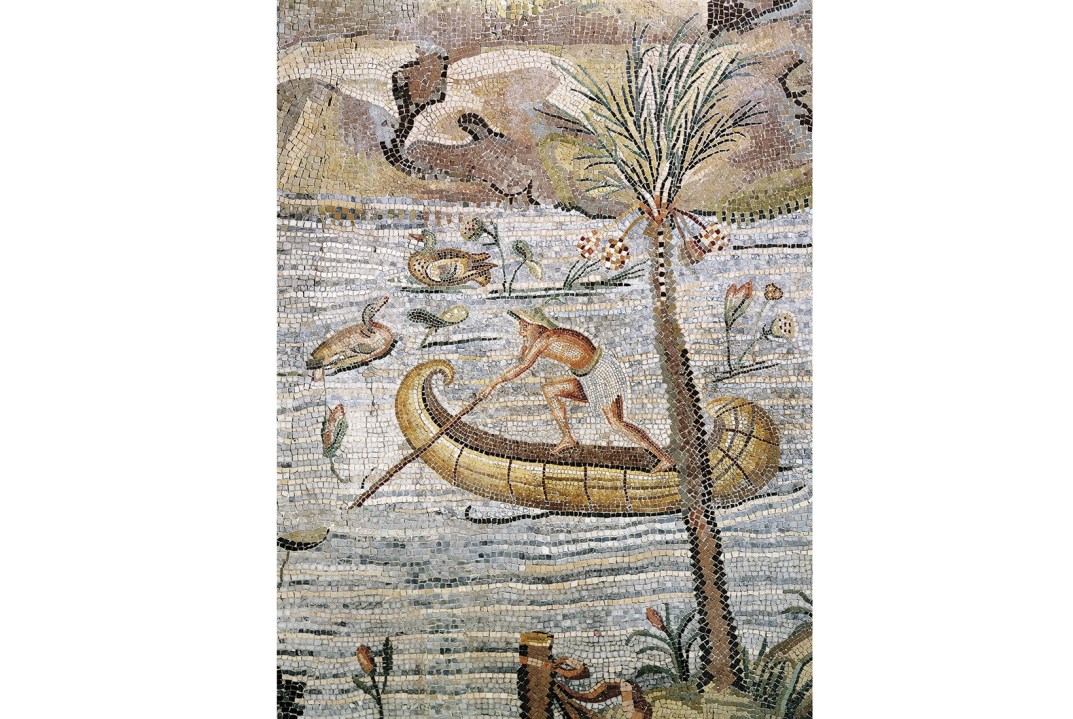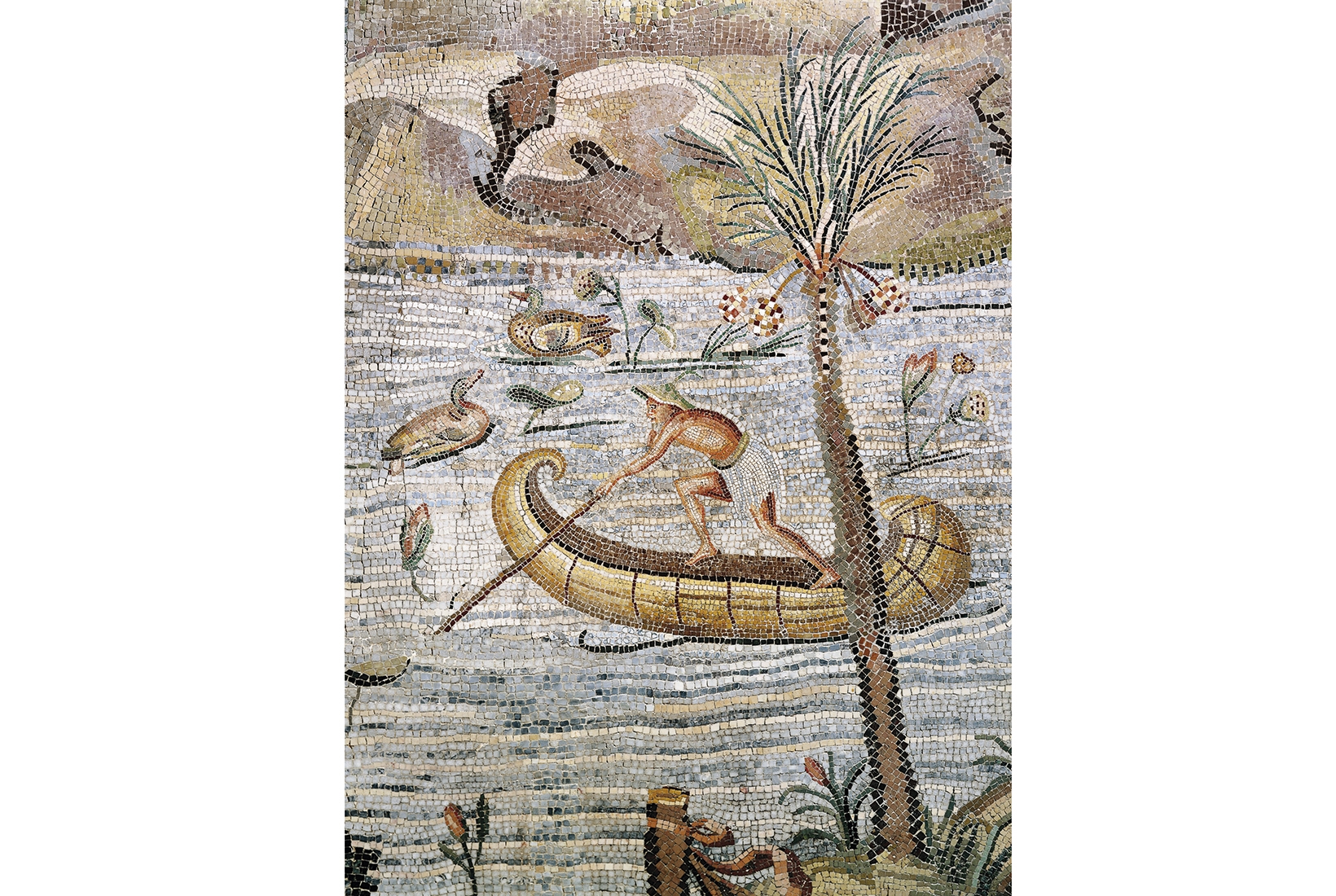Geography can be history and history geography — and sometimes the most obvious things are overlooked. Laurence C. Smith’s Rivers of Power endeavours to make us see beneath the surfaces of arterial waters and consider them as carriers of civilisation and arbiters of destinies.
Rivers are elemental and ambivalent. They are frontiers and highways, destroyers and fertilisers, fishing grounds and spiritual metaphors, power-givers and flushers of poisons. They are the veins of terrains, which like our own veins carry oxygen or pathogens, and extinction when they fail. They inspired Babylonian and Roman legal codes, outlining ideas about access, drainage, fishing, irrigation, maintenance, navigation, pollution and sharing that still course through 21st-century jurisprudence. We may never step in the same river twice, but at least we have some notion of riverine rights and responsibilities.
Even the sainted go to war over water – including Nelson Mandela, who sent troops to take a Lesotho dam
This enthusiastic, occasionally gushing, author opens his hymn to hydrology ancient and modern with a descent into a 9th-century Nilometer, a great pit with a notched marble column, now under concrete in central Cairo, but once a confidential key to understanding the flow and volume of the river whose silts permitted sowing and whose droughts could mean death. The predictability the river offered allowed philosophy and pyramids — and authoritarian government and downstream dependence. In some countries today, reservoir and river levels are still state secrets.
Before Egypt there had been Mesopotamia, powered by the Tigris and the Euphrates. As the Epic of Gilgamesh ruminates: ‘Ever the river has risen and brought us the flood, /The mayfly floating on the water.’ About the same time, the Harappans were overflowing along the Indus. And before then, people were planting rice, and writing, in the Yangtze and Yellow basins. Mycenaean bridges still straddle some Peleponnesian streams.








Comments
Join the debate for just £1 a month
Be part of the conversation with other Spectator readers by getting your first three months for £3.
UNLOCK ACCESS Just £1 a monthAlready a subscriber? Log in